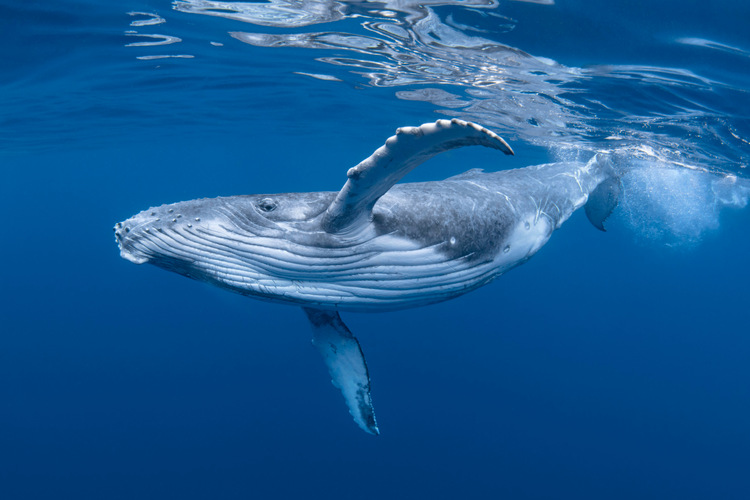
A report focusing on the conservation status of the world’s migrating animals has been published, and the outlook it paints is bleak
By
Early summer in Europe and the birds return. Almost overnight, swallows, swifts, flycatchers, storks and many other birds can suddenly be seen wheeling through the skies above our houses. Most have spent the winter feeding and basking in the African or southern European sun, and they migrate north to breed and take advantage of the seasonal bounty of food that northern Europe can offer.
Worldwide, there are around 2,000 species of bird that migrate each year, as well as hundreds of mammals, fish and other creatures. Taken together this means that every year millions of animals are on the move. Back in 1979, many countries signed a UN agreement, called the Convention on the Conservation of Migratory Species of Wild Animals (CMS), to protect migratory species. But, despite this agreement, no major overall survey looking into how migratory species are faring has ever been conducted.
Now, the UN Environment Programme World Conservation Monitoring Centre (UNEP-WCMC) has issued the first global report, State of the World’s Migratory Species, that looks into the population and health status of 1,189 migrating species and the conclusions are not encouraging.
Key take-outs from the report reveal that one in five migrating species is threatened with extinction, and 44 per cent have a declining population. The worst affected group of animals are fish. Not that many fish species migrate (around 120), but 97 per cent of fish species listed under the convention are threatened with extinction. The report also highlights that more than half of key biodiversity areas identified as important for migratory species have no protected status. The report states that the biggest threats to migratory species are overexploitation (which includes unsustainable hunting, overfishing and the capture of nontarget animals such as in fisheries) and habitat loss due to human activity. Other threats are climate change, pollution and invasive species.
According to the report authors, migratory species play a pivotal role in the ecosystems they inhabit. These functions range from the large-scale transfer of nutrients between environments, pollination and seed dispersal, ecosystem regulation, and climate change mitigation, as well as contributing to human cultural values and sustainable livelihoods.
Inger Andersen, Executive Director of the United Nations Environment Programme, said: ‘[The Report] clearly shows us that unsustainable human activities are jeopardizing the future of migratory species – creatures who not only act as indicators of environmental change but play an integral role in maintaining the function and resilience of our planet’s complex ecosystems. The global community has an opportunity to translate this latest science of the pressures facing migratory species into concrete conservation action. Given the precarious situation of many of these animals, we cannot afford to delay and must work together to make the recommendations a reality.’
Recommendations that the report suggests include strengthening and expanding efforts to tackle illegal and unsustainable taking of migratory species, as well as incidental capture of non-target species. Increasing actions to identify, protect, connect and effectively manage important sites for migratory species. Urgently addressing those species in most danger of extinction and scaling up efforts to tackle climate change, as well as light, noise, chemical and plastic pollution.
If these actions are not taken, then, in the future, we might not be able to look up at the early summer sky and watch in wonder as swallows, swifts, flycatchers, and others wheel through the skies above our houses.
Related articles:




